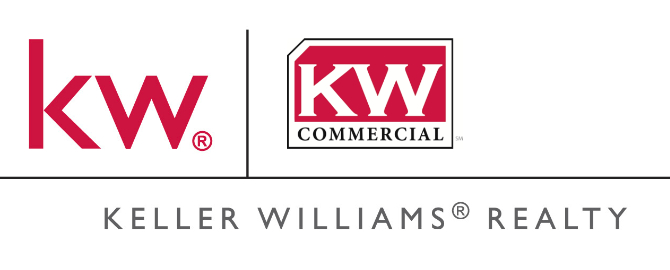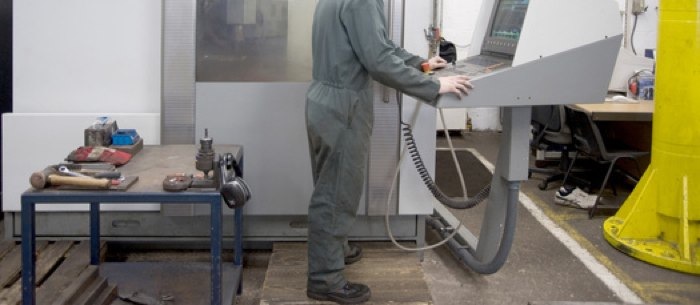Auto dealers have two major tax incentives available to them, yet most are not taking advantage and consequently losing money. The main programs that most in this industry are missing out on are:
- Engineering-based Property Cost Allocation
- Property Tax Reduction
Engineering-based Cost Allocation
Engineering-based cost allocation identifies opportunities for federal, and in some cases, state tax advantages to owners of commercial industrial real estate by accelerating the depreciation on their property.
Taxpayers are typically correct in depreciating personal property such as equipment and furniture over five or seven years, but they often neglect available federal and state tax benefits by erroneously depreciating their entire investment in constructing or acquiring a building over 39 years. To do this correctly, one must hire an experienced engineer with a thorough understanding of construction finance. The engineer will review all blueprints, architectural drawings, and electrical plans to isolate structural and mechanical components from those that are considered personal property in addition to identifying architectural and engineering fees that can be segregated. The resulting cost allocation report will allow a taxpayer to:
- Adjust the timing of deductions thus maximizing tax savings
- Create a complete audit trail to resolve any IRS inquiries
- Capture immediate retroactive savings on qualifying properties
- Reduce real estate tax liabilities significantly
Property Tax Reduction
Probably the most frustrating bill that comes each year (or in some cases, twice each year) is the property tax bill. As of this writing, our studies indicate the average Auto Dealer in the United States is being overcharged by 20% on their property taxes. There are many reasons Auto Dealers are overcharged but mainly it is the result of improper assessments by the municipality. If you own an Auto Dealer and are paying property taxes over $50,000 per year, you should have a review completed on your facility. Reductions in this area are direct to your bottom line!
If you have not had a thorough review on your facility, especially as it relates to the areas of Property Cost Allocation, and Property Tax Reduction, you are likely losing money that should remain in your pocket.









